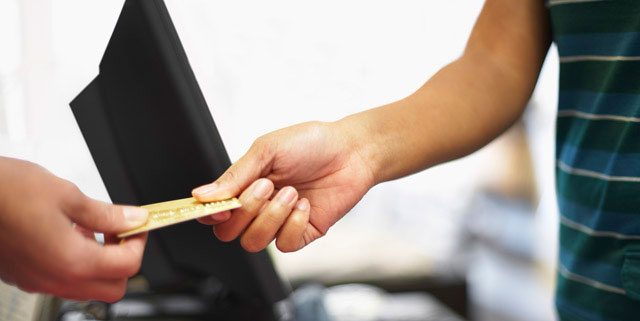Based on early Back-to-School (BTS) traffic, consumer spending is expected to enjoy a healthy increase this season, with apparel being a main component. And a good BTS bodes well as retailers head into the holiday season.
[quote]The National Retail Federation (NRF) anticipates BTS spending will jump by 5% this year. And the International Council of Shopping Centers says shoppers are planning to buy earlier, spend more and purchase a wider array of BTS items — with 25% of shoppers ranking apparel as the “most significant” purchase for both boys and girls.
The Doneger Group’s Patty Leto, senior vice-president and general merchandise manager for men’s and children’s, says if retailers see a positive trend coming out of BTS, they’ll feel cautiously optimistic as they head into the fourth quarter.
“We’re keeping in mind we live in an inconsistent world and anything can shake consumer confidence, so the average shopper is exhibiting cautiousness in her approach,” Leto says. “But there is reaction and willingness to buy new and buy fashion — things they don’t already have in their closet. This is very exciting.”
The NRF says back-to-school is the second biggest spending season of the year, behind holiday. Among those planning to buy clothes for the 2014/2015 school year, 9 of 10 plan on spending more or the same as last year, with 36% planning to spend more (up from 26% in 2013 and 17% in 2012) and 55% planning to spend the same amount, according to the Cotton Incorporated Lifestyle MonitorTM Survey. This year’s BTS shoppers plan to spend an average of $243 on school clothes, up about 5% from last year ($231).
This school year, 88% of those planning to buy apparel are most likely to purchase shirts/tops, followed by jeans (77%), socks (70%) and pants (66%), according to the Monitor survey. It’s not surprising to see these cotton staples top back-to-school shopping lists as more than 8 in 10 (82%) of parents who plan to purchase back-to-school clothes say they prefer their kids dressed in cotton clothing.
Leto says the big newness in fashion comes via the activewear influence. As a category, it cuts across all families of business and is extremely strong right now. “It’s performance driven, but we’re seeing components of what’s driving the active business infiltrate other areas of sportswear. The trend is comfort, and anything that’s knit and more casual. It doesn’t look like it will die anytime soon.”
At the same time, the young men’s category is still enjoying the dressed up look, which incorporates button-front shirts with dress shorts, as well as complete pieces like a cardigan sweater or unconstructed blazer worn with good denim. In junior women’s, the strength of active and emergence of ath-leisure is counterbalanced by a healthy dress business. Additionally, Leto says anything with texture is doing well in both young men’s and girls’.
“[Kids] like the tactile feeling of something with their clothes,” Leto says. “They feel there’s intrinsic value in it. So slub, burnout, the look of weathered heather, anything marled — those fabrics have been good.”
Among those planning to buy back-to-school clothes for their children, the majority (55%) say they and their child/children make the decisions about what to buy for the school year together, according to Monitor data. Further, NRF research shows teenagers will spend $913 million on their own school items, which may be why data shows expected traffic at specialty stores over discount and department stores.
The Accenture Back-to-School Shopping Survey, which polled U.S. parents of children entering kindergarten through college, shows that nearly all (89%) plan to do most of their back-to-school shopping in a physical store, though many will still use online to browse and search.
Dave Richards, managing director of Accenture’s global retail practice, says retailers have an opportunity to position their stores as “the epicenter for product support, which is critical to a brand’s customer loyalty. It is imperative for retailers to introduce mobile devices, train associates to solve problems and support sales. They also need to add wireless networks to create interactive experiences, and connect in-store shopping experiences with omni-channel capabilities.”
Among those planning to buy apparel for the 2014/2015 school year, 65% plan to shop at mass merchants, followed by chain stores (54%), specialty stores (42%) and off-price stores (38%), the Monitor shows. And the percentage of consumers planning to shop online increased significantly from 22% in 2013 to 30% in 2014.
Of course, the Back-To-School season is drawn out because the school year kicks off at different times — from mid-August in much of the South and Central states to post-Labor Day in the Northeast, which holds a concentrated amount of business.
Still, says Leto, “Back-to-School does give an indication of what the consumer’s feeling. The economic numbers coming out now seem a little positive, which helps confidence levels as shoppers head into the holidays.”
